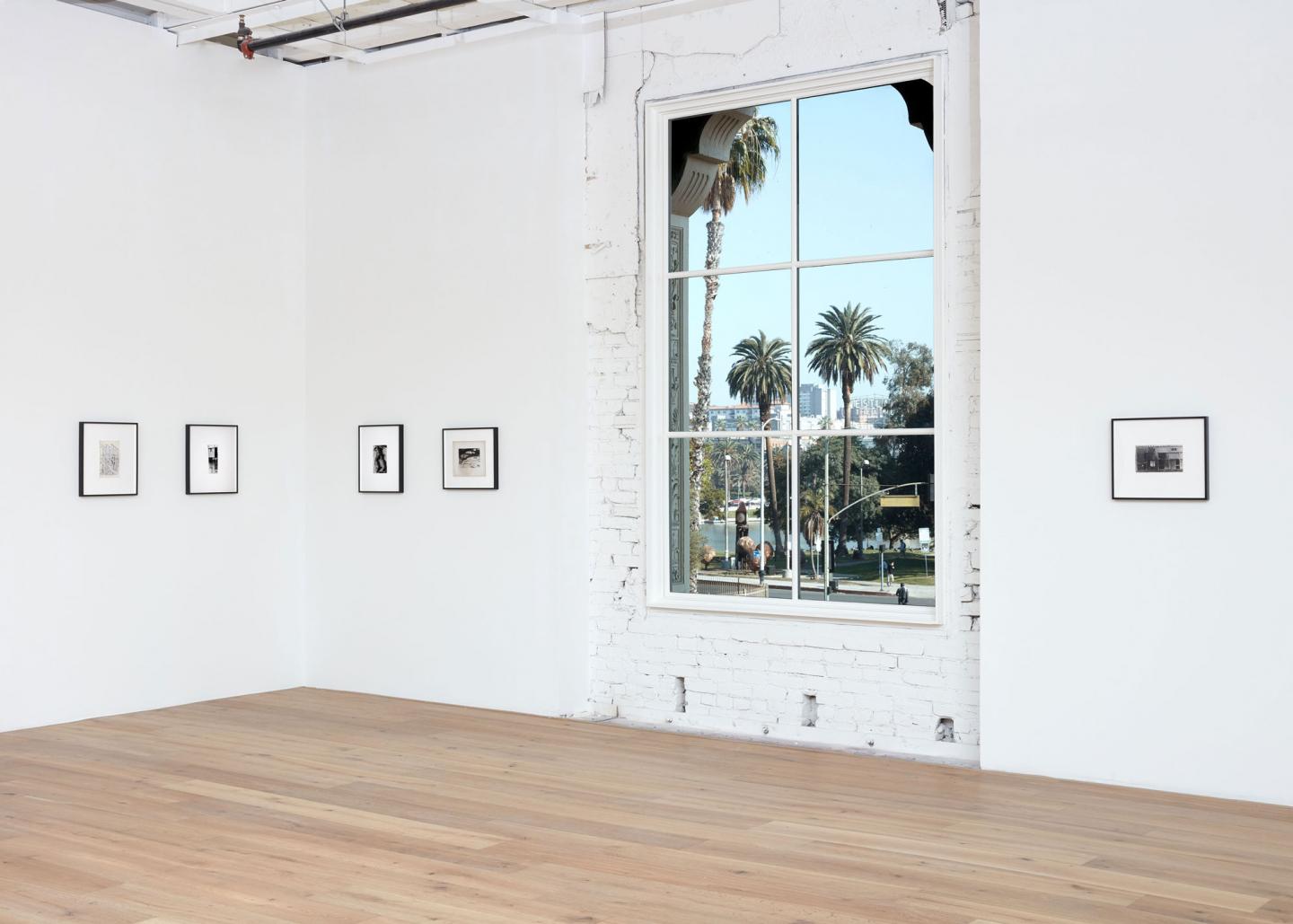Alvin Baltrop’s Perilous Haven for Queer Expression
Hannah Hoffman, Los Angeles, presents a collection of the artist’s photographs documenting Chelsea Piers cruising culture in the 1970s and ’80s
Hannah Hoffman, Los Angeles, presents a collection of the artist’s photographs documenting Chelsea Piers cruising culture in the 1970s and ’80s

In predictable fashion, gentrification turned what was once the centre of the world for queers and downtown denizens into a recreational quarter with dog parks and the like. When looking up Chelsea Piers today, we think of laser tag, bowling or even wedding venue. Before 1973, however, the Piers were impossible to reach and were only became accessible once a section of the West Side Highway collapsed in an accident, which was subsequently neglected by the city of New York. As a result, the famed area became inhabited by those living on the fringes: gays, freaks and junkies.

Alvin Baltrop, whose work is currently on view at Hannah Hoffman in Los Angeles, was a devoted documentarian of the cruising scene at the Piers. For the first time this work has been exhibited on the West Coast, incidentally at a gallery located across from what could be the LA version of the Piers, the not-yet-scrubbed MacArthur Park, still famous for cruising and drug use. A self-employed mover by day, Baltrop lived in his moving van after quitting his job as a cab driver so he could spend more time at the Piers. The photos presented at Hoffman are his original prints. Many of them are over- and underexposed: light leaks through or contact prints are torn or damaged. The resulting images convey Baltrop’s frenzied voyeurism as he moves through the warehouses and docks.

In many photos, figures are barely legible; a head, leg, a slender languid body is interrupted by the architecture itself. In The Piers (two figures embracing in warehouse) (c.1975–86), for example, the faces are obscured by a beam crossing in front of Baltrop’s lens capturing the precarity of the space and the artist’s place in it. In an unpublished memoir from the 1970s he wrote of the experience: ‘To get certain shots, I hung from the ceilings of several warehouses utilizing a makeshift harness, watching and waiting for hours.’ This makeshift-ness defined so much of gay life at this time – Baltrop is rumoured to have created a darkroom in the trunk of his car, printing on whatever paper he could find. Everything was slipshod and precarious but because of this there was freedom.

The Piers (exterior with couple having sex) (c.1975–86) is displayed both in full and then blown up as a smaller print showing the detail of two men having sex. Almost forensic in its grainy zoom, the latter photo captures the act that is almost camouflaged within the architectural landscape in the larger print. The photos in the show follow this trajectory; Baltrop begins as a voyeur shooting his subjects from across the dock from above or below, then becomes an active participant, up close with the bodies – his subjects posing for his camera.

The images here are a moving and powerful reminder that before there were safe spaces there were dangerous ones that nevertheless served as havens for those who had rejected lives of convention or, rather, had conventional lives that had rejected them. But it was in this peril that true freedom was made possible. Baltrop manages to not only illustrate the stakes of this life at the Piers but also what made it sexy and exciting. To view the images now brings up a complicated kind of nostalgia for an experience that has defined gay culture and is quickly slipping from cultural memory: to put oneself at risk for liberation.
'Alvin Baltrop' is on view at Hannah Hoffman Gallery, Los Angeles, through 23 January 2021.
Main image: Alvin Baltrop, The Piers (exterior with couple having sex), c.1975–1986, silver gelatin print, 40.5 × 35.1 × 2.8 cm. Courtesy: The Alvin Baltrop Trust, Third Streaming, Galerie Buchholz, Berlin/Cologne/New York, and Hannah Hoffman, Los Angeles.

























